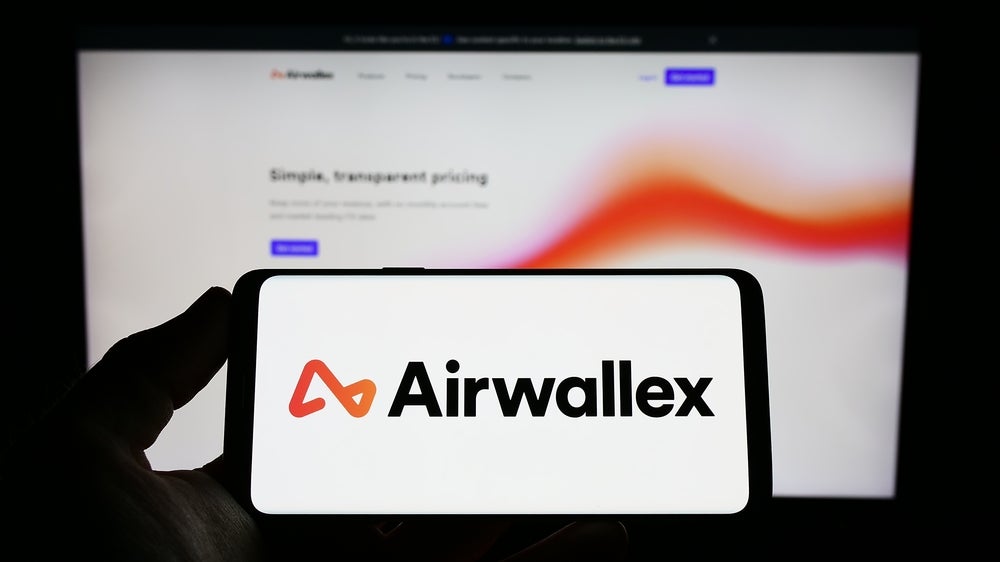The shift in how people shop online has been evident across the globe, as many markets become hubs of e-commerce innovation for global merchants. Macroeconomic events have evolved how and where we shop, meaning the payments industry has had to adapt quickly to keep up with market demand.
Any successful e-commerce strategy will have at its heart a global approach that considers the need for localisation. Be it Buy Now, Pay Later, mobile wallets or biometric payments, one thing is certain, and that is offering the right payment methods that local consumers know, and trust is key to successful merchant expansion into new markets.
With recent studies showing in 2022 the US alone has 214.7 million online shoppers who spent an average of $4,892 per person, it offers huge potential to international merchants looking for new consumer bases. Much like the rest of the world, the Covid-19 pandemic pushed shoppers online in their droves, with 52% of Americans reporting shopping more online at the start of the pandemic and 2020 and 2021 some of the best years US e-commerce has ever seen.
In 2021 alone, ecommerce in the US grew by 14.2%, while consumer online spending was over $870 billion. This year marks the first-time sales are predicted to cross the $1trn dollar threshold, demonstrating the opportunities available to merchants looking to tap into this market.
With studies showing American consumers are still making more purchases online than in-store, 45% admit that social media influences their purchases. This shouldn’t come as a surprise since the US leads the global market in smartphone saturation, with 81.60% of the population owning a smartphone. This shows retailers that accepting other payment methods is essential for successful sales.
Demand for international products and services
It’s clear that e-commerce in the US is thriving. But where are people buying from? Well, dig a little deeper and it becomes evident there is growing demand for buying products online from abroad. Recent PayU research found that 48% of American shoppers who have purchased products online from international retailers in the past year have done so at least once a month.
How well do you really know your competitors?
Access the most comprehensive Company Profiles on the market, powered by GlobalData. Save hours of research. Gain competitive edge.

Thank you!
Your download email will arrive shortly
Not ready to buy yet? Download a free sample
We are confident about the unique quality of our Company Profiles. However, we want you to make the most beneficial decision for your business, so we offer a free sample that you can download by submitting the below form
By GlobalDataWe also found that demand for international fashion, shoes & bags were high amongst American shoppers, with 31% claiming to have considered or purchased these products online from abroad in the past 12 months.
Over half (53%) had purchased products from China over the past 12 months, with Europe (33%), Canada (28%), Southeast Asia (21%) and Latin America (21%) also in the mix. This shows just how willing American consumers are to look beyond immediate borders for their online shopping needs.
The need to diversify payment methods
So, we’ve established the demand and appetite is there from American consumers. The next step for any international merchant wanting to tap into this market is navigating the specific requirements these consumers have. For example, given the significant level of smartphone penetration, around 82% of Americans used some form of digital payment in 2021; including QR and person-to-person (P2P) payments.
According to our research more than half of them look for products or services elsewhere if their preferred payment method was not an option at checkout. Nearly three-quarters (73%) of respondents also said that they felt safer making purchases online – whether domestically or abroad – if they recognised the brand of the Payment Service Provider.
This demonstrates how crucial it is for retailers to offer the appropriate local payment options in order to have the highest possibility of converting sales.
Partnering to succeed
It’s evident that the way Americans shop has undergone a seismic upheaval. The growing trend for shopping internationally represents an ever more attractive opportunity for retailers to boost their growth by extending their business outside their own borders. Understanding how people shop, and critically how they want to pay for that shopping, will be key for any retailer to make an investment in the US market a success.
To take advantage of this opportunity, retailers need the right technology partners to help them navigate the complex payments and logistics landscape and deliver the best local shopping experience to customers. A key component of this is to optimise their ability to offer the most relevant payment methods in every market they enter.
Daniel Cohen is Chief Product Officer, PayU GPO







